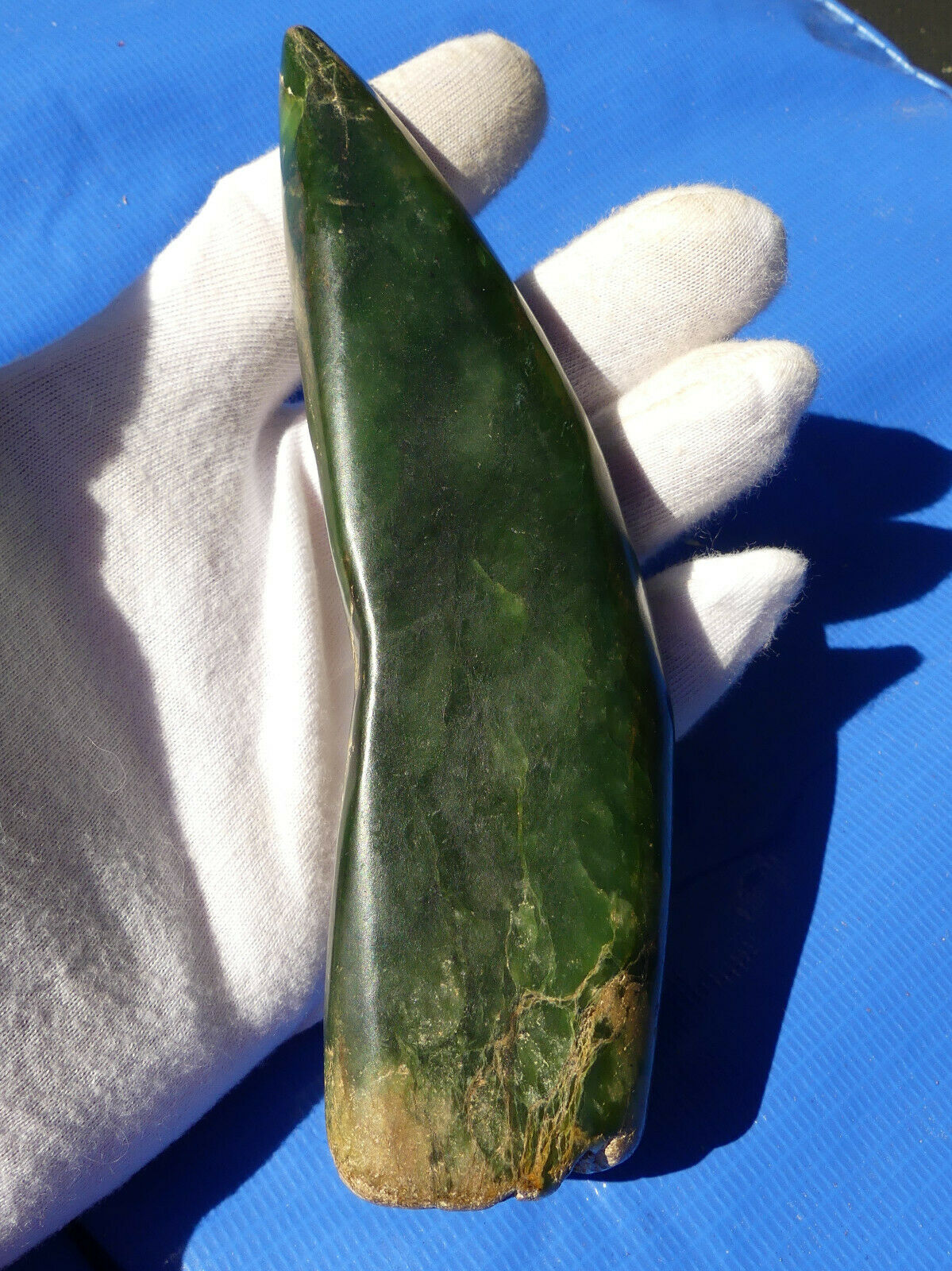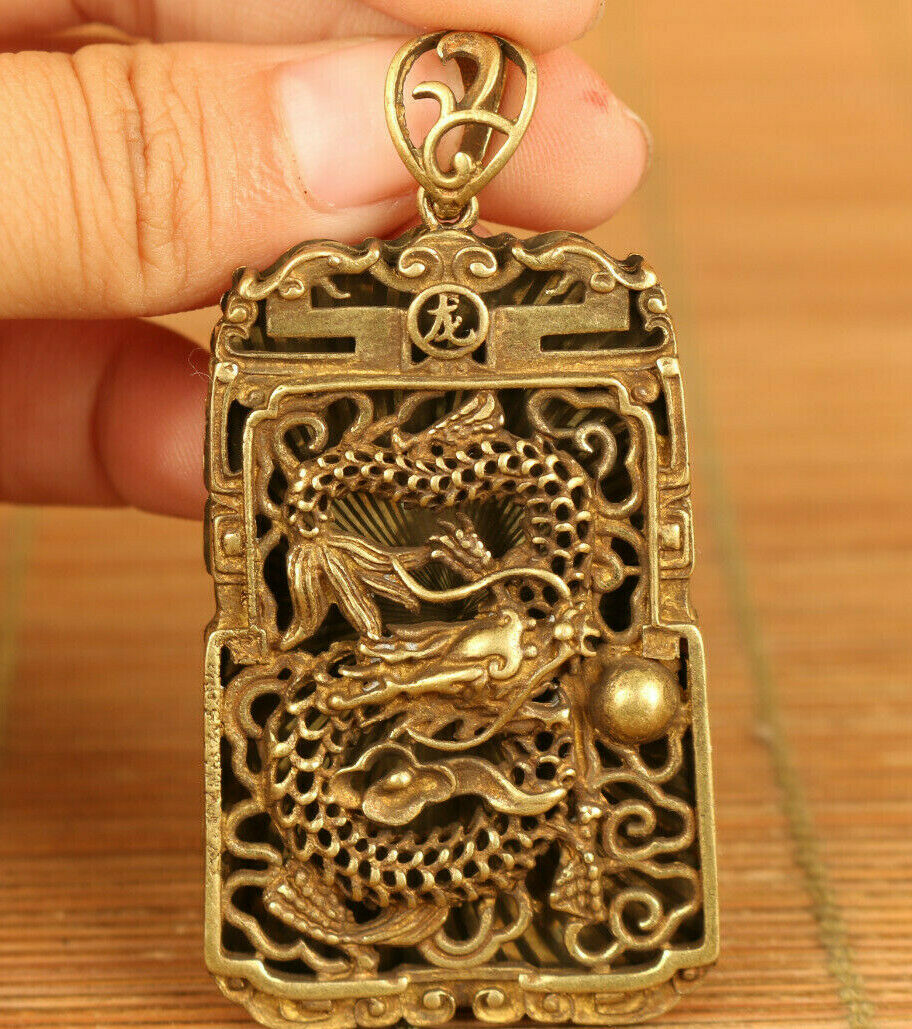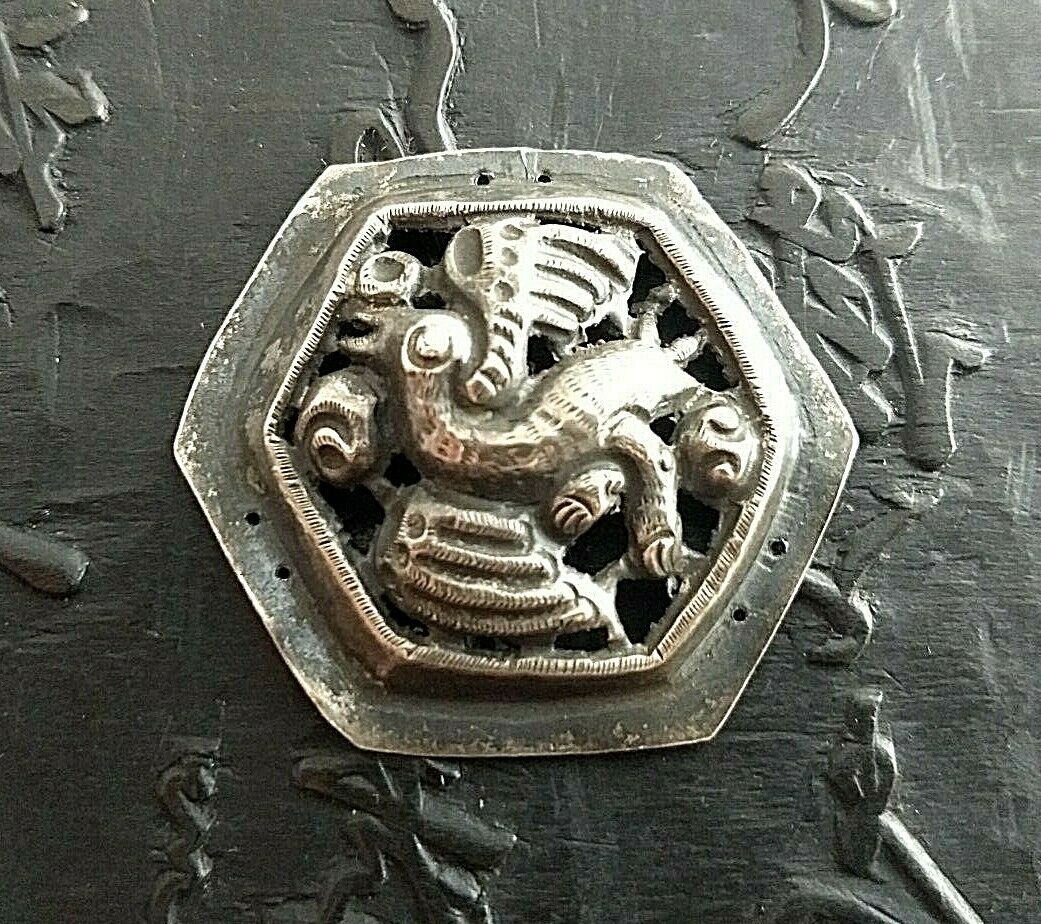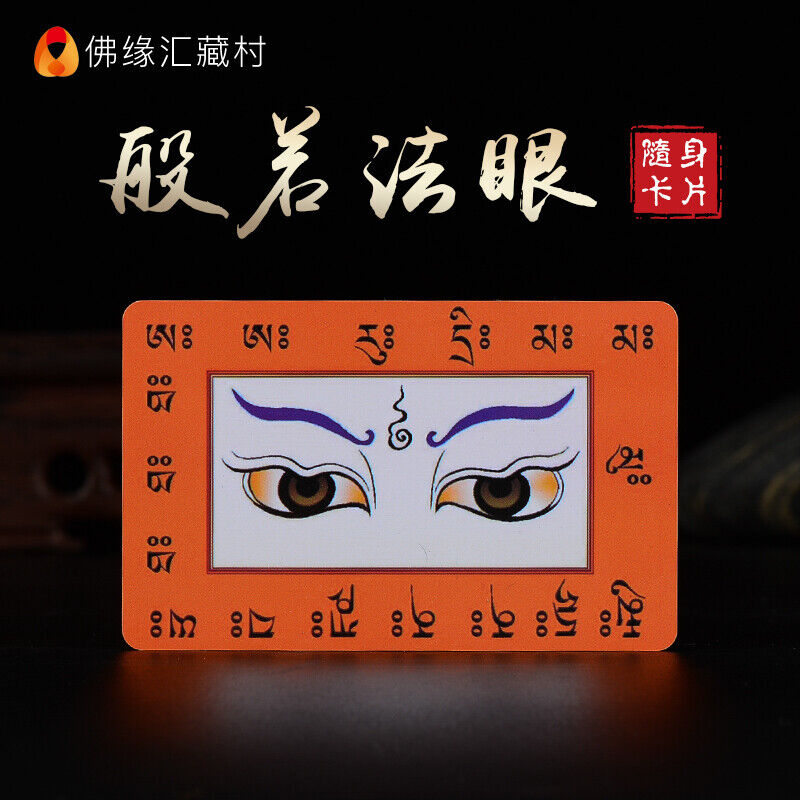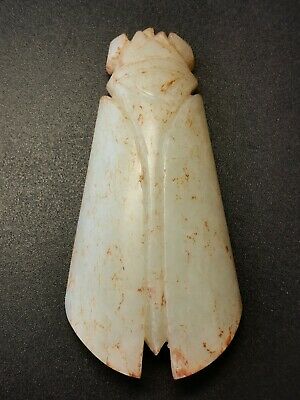-40%
X-RARE Chinese Jade 5.68” Dragon Tooth/Fang! Neolithic Jade Dragon Offering
$ 46728
- Description
- Size Guide
Description
ANCIENT CIVILIZATIONSArtifacts, Antiques & Fine Collectibles
Ancient Chinese Jade 5.68" Dragon Tooth/Fang Offering
15+ Pictographic Character Inscription & Translation
Hongshan Culture
4500 BCE—2250 BCE
“A Dragon can be unseen or visible, minute or huge,
long or short. However, always it is great.”
~Shuo Wen (c. 100 AD)
NOTE:
William D. Houghton, the President of ANCIENT CIVILIZATIONS
, a State of Washington Licensed Business,
assumes all responsibility for the information contained in this description and for the English translation and transcription of the ancient Chinese graphic characters.
Furthermore, I prohibit the further dissemination of this information in any written, video, or electronic format without my expressed, written approval.
Thank You!
Summary
Item:
Chinese Jade Dragon Tooth/Fang
Country:
China
Dynasty/Culture:
Hongshan Culture
Date:
4500 BCE—2250 BCE
Material:
Green Nephrite Jade
Measurements
·
Height:
5.68” (144mm)
·
Width:
1.32” (34mm)
·
Depth:
1.48” (38mm)
·
Weight:
10.2 oz. (290gr)
Condition:
This nephrite jade, Hongshan Culture Dragon Tooth/Fang is in exceptionally good condition with no repairs or restorations.
Previous private collectors have removed the thick, calcium and mineral deposits that accumulated on the sharpened Dragon Tooth to expose the rich, olive-green jade.
The surface is polished on 3 of the 4 sides, with one side showing pictographic characters that have been percussively pecked into the surface.
Provenance: This item was obtained from a private collector in China/Hong Kong.
The inscription tells us that this is one of several offering that the Sons of the departed warlord/king/emperor made to the Ancestors.
I believe these offerings would have been included in an Emperor’s temple above his tomb to provide him a safe journey and eternal life in Heaven.
This artifact has for many years been in this author’s private collection in the State of Washington.
This is the first time it has been offered for sale in the United States.
This incredible, Hongshan jade Dragon fang is truly a unique item, as I could find no other example from this time period in any museum in the world or that was sold at any recent auction.
Percussively pecked on the back side of the jade tooth are incredibly small pictographs that verify that this man/woman was a King/Emperor, as no ordinary man or woman would have dared to have an Imperial Dragon on a piece of jade that would have been placed in a tomb or in his or her temple. {See details below.}
This 5,000-year-old ritual jade artifact contains an estimated 15+ pictographs and characters that have been incised and percussively pecked into the jade dragon.
These pictographic characters on ritual and tomb jades are the earliest form of a written language in ancient China.
Modern archeologists call these early pictograms oracle bone script as they have been found as a permanent record that was written by scribes on both oracle bones of cattle and on ritual jade artifacts.
NOTE:
All items offered for sale by Ancient Civilizations are unconditionally guaranteed authentic. They were legally imported to the United States years ago and are legal to sell and own under U.S. Statute Title 19, Chapter 14, Code 2611, Convention on Cultural Property.
Details
This unique jade artifact dates to the Neolithic Chinese Hongshan Culture (4500 BC—2250 BC.)
The jade artifact is perfectly shaped as a curved tooth, with a sharply pointed tip.
This fabulous sculpture could only be the tooth of an omnipotent Dragon, as the emperor/kings were thought to be the Son’s of Dragons that ruled the universe.
This Dragon fang was almost assuredly one-half of a pair of fangs that decorated a Dragon’s head and open jaws that were likely inset into a large, Dragon statue made of carved wood.
This incredible, Hongshan jade Dragon fang is truly a unique item, as I could find no other example from this time period in any museum or that was sold at any recent auction.
The Hongshan are believed to have been one of the first people in China to ever use jade as a marker of social status.
Jade was more precious than gold and was thought to
serve as a protective amulet against Evil Spirits that were lurking everywhere and that could prevent a man’s soul from reaching immortality in Heaven.
On one side of the jade fang is the pictograph of a Dragon that has approximately 15+ exceedingly small pictographic characters painted inside the Dragon.
The placement of characters inside the image of a Dragon is common during this Neolithic period and was meant to symbolize the Dragon’s watchful eyes looking with benevolence on the ritual offerings that were being presented to the gods and Ancestors in Heaven (
Tien
in Chinese).
As noted above, the inscription tells us that this is one of several offering that the Sons of the departed warlord/king/emperor made to the Ancestors.
I believe these offerings would have been included in an Emperor’s temple above his tomb to provide him a safe journey and eternal life in Heaven.
English Translation of Early Chinese Written Words/Characters (Pictographs)
NOTE:
William D. Houghton, the President of ANCIENT CIVILIZATIONS, a State of Washington Licensed Business, assumes all responsibility for the information contained in this description and for the English translation and transcription of the ancient Chinese graphic characters.
Any translation errors are unintentional and strictly mine.
This 5,000-year-old ritual jade amulet contains an estimated 15+ pictographs and characters that have been incised and percusilvely pecked into one side of this jade Dragon tooth.
These pictographic characters on ritual and tomb jades are the earliest form of a written language in ancient China.
Modern archeologists call these early pictograms oracle bone script as they have been found as a permanent record that was written by scribes on both oracle bones of cattle and on ritual jade artifacts.
The tiny pictographic characters incised and pecked onto it have turned a white color from the iron, micro-crystalline jade, calcium, and other elements in the damp soil that have been absorbed into the jade after being buried for thousands of years. The shallow incised characters have been differentially eroded on the jade and thus are exceedingly difficult to transcribe and translate.
All the pictographs inside the larger Dragon, which is about 4.3” (109mm) long, are ridiculously small, some only 2mm long, that were only meant to be seen by the Ancestors, as human eyes were not worthy. Although the characters are tiny and may look just like random spider webs or blotches of paint, under 10x magnification you can see them.
Here are just a few of the pictographs I’ve translated:
1.
The largest character pecked into the side of the tooth is a Dragon, who is pictured running to the top of the tooth or left in this two macro photos. His two, long whisker project out from his head, and you can see feet and his wavy back.
Inside this Dragon silhouette, there are approximately 15+ very small, incised characters in very low relief.
{See photos # 3-4.}
2.
The Sons and Grandsons offering the traditional items of jade, ritual wine, strings of money (cowrie shells), and several sacrificed animals to the Ancestors
. {See photos 5-6}
3.
Several Fire-Breathing Dragons.
4.
The Son & smaller Grandson next to him of the left, both sacrificing separate animals with a flint knives.
{See photo# 5}
5.
A Qilian Dragon—facing left in this macro photo.
Look closely, and you can even see his two, long, pointed ears.
{See photo # 10}
6.
A Rhino.
7.
A Tortoise in the lower right-hand corner
of photo # 7.
Giant tortoises were thought to hold up the Earth in the sky with their backs.
8.
The Son(s) telling the Ancestors of the good deeds done by their Father while he was alive.
9.
Heaven Birds, including a standing Heaven Bird who is ready to carry the Soul of the departed Father to Heaven (
Tien
).
{See photo # 8 and look in lower, right-hand corner.}
10.
Ancestors pictured watching the offerings presented by the Sons and Grandsons.
11.
Perhaps 10+ other pictographs that are indecipherable at this time.
Dragon Symbolism in China
This large, jade amulet depicts the single tooth/fang of a Dragon, who was meant to serve as a fierce, protective creature that could fight-off Evil Spirits that could prevent the man’s soul from reaching immortality in Heaven. Dragons are also revered for their ability to transport humans to the celestial realms after death.
In China, the Dragon (in Chinese “
Long
” or “
Lung
”) has for millennia been the symbol of the Emperor, the Son of Heaven, eternity, Yang and Yin, as well as for male vigor and fertility.
The Dragon is considered as one of the 12 Ornaments and one of the most complex and multi-tiered Chinese symbols. The Chinese dragon can fiercely protect one from Evil Spirits and harm.
In China’s long history, the dragon is credited with having great powers that allowed it to make rain and control floods by striking the river with its mighty tail, for example. They are symbols of the natural world, adaptability, and transformation to immortal status. When two dragons are placed together in opposite directions, they symbolize eternity, i.e., the famous Yin-Yang symbol that looks like the modern version of two coiled, pig dragons of millennia ago.
Chinese emperors literally thought they were the real dragons and Sons of Heaven. Thus, the beds they slept on are called "dragon beds;" the throne, a "dragon seat;" and the emperor's ceremonial dresses are known as "dragon robes."
In the minds of the early Chinese people, the dragon was a god that embodied the will and ideals of the Chinese people. It is said that the dragon is a large-scaled reptile, which can become dark or bright, large or small, long or short, and fly into the sky in the spring and live underwater in the fall.
It seems that the dragon is capable of doing almost anything.
Traditionally, the dragons were considered the governors of rainfalls in Chinese culture. They had the power to decide where and when it would rain. They also believed kings of water dragons lived in dragon palaces under the ocean. The Chinese sign for the dragon appeared during the Yin and Shang dynasties (16th-11th century BC -- the period of the earliest Chinese hieroglyphs), between inscriptions on bones and turtle shields. The inscriptions depicted a horned reptile, with teeth, scales and sometimes even claws.
In ancient China, nobody had any doubt about the existence of dragons. People showed great respect for any depictions of dragons—weather they were in paintings, carvings, or writings. As a result, the dragon became the symbol of the Chinese nation. All people in China, including the emperor, prostrated themselves before the image of a dragon with reverence and awe. As a result, this fictional creature became the spiritual sustenance for the nation first as the totem of a tribe and then as the symbol of the nation. Eventually, the dragon became the symbol on the national flag of the last feudal dynasty, the Qing Dynasty. The Chinese people considered themselves the descendants of the dragon.
As the emblem of the emperor and imperial command, the legend of the Chinese dragon permeates the ancient Chinese civilization and has shaped its culture. Its benevolence signifies greatness, goodness, and blessings.
REFERENCES:
·
The Ancestral Landscape
, David N. Knightley, 2000
·
Chinese Characters,
Dr. L. Wieger, S.J.
·
The Great Bronze Age of China
:
An Exhibition from the People’s Republic of China
, edited by Wen Fong, 1980
·
Metropolitan Museum of Art, NYC
·
Ancient Chinese Warfare
, Ralph D. Sawyer, Mei-chün Sawyer
·
Archaeology
, Archaeological Institute of America, Feb/March 2015
·
Shanghai Museum, China
·
Museum of Chinese History, Beijing, China
·
National Palace Museum, Taipei, Taiwan
British Museum
Smithsonian Museum, Sackler & Freer Gallery, WDC
Value
I have carefully examined this unique jade artifact and I GUARANTEE it to be original and authentic or your money back! I’ve looked under 10x & 40x magnification, under both natural and Black Light, and I can find no signs of any modern tool work or repairs. The hand tool marks left in the jade by the master stone artist who carved, shaped, and engraved this work of art appear to be consistent with those marks of other ancient jades I have examined.
Each object I sell is professionally researched, translated (if I can...(smile), and compared with similar objects in the collections of the finest museums in the world. I have been dealing in fine antiquities for over 45 years and although certainly not an expert in every field, I have been honored to appraise, buy, collect, and enjoy and recently sell some of the finest ancient art in the world. When in doubt, I have worked with dozens of subject matter experts to determine the condition and authenticity of numerous antiquities and antiques. This careful examination helps to insure you are buying quality items and helps to protect your investment. There are many modern reproductions or "fakes" on the market today, so be sure and buy only from experts in the field.
Please examine the macro photos taken both indoors and outdoors carefully, as they are part of the description.
The stand is not part of the auction, just included to give you a better perspective.
And please ask any questions before you buy.
Per e-Bay's rules, PayPal only please!
THANK YOU!
FREE SHIPPING IN USA includes INSURANCE for all 50 United States.
Overseas buyers are responsible for all import & excises taxes, duties, and shipping charges. No international returns. Thank You!
